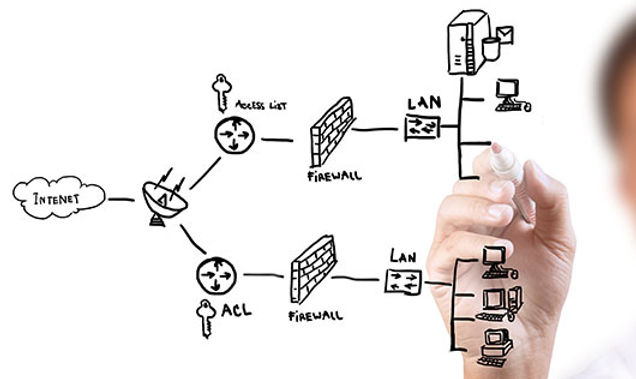- BTI Group
- IT Products Services Articles
- 5 min read
How To Reduce Worker’s Compensation Claims: Strategies and Solutions

What is Workers Compensation?
How Does Workers Compensation Work?
Your employer will be responsible for providing workers’ compensation insurance and covering costs like medical expenses and lost wages due to work-related injuries or illness. Most of the time, the costs of the insurance are paid entirely by the employer.
How Much Do Workers Comp Costs?
Direct Costs
- Insurance Premiums
- Medical Services
- Legal Services
Indirect Costs
- Accident Investigation
- Implementation of Corrective Measures
- Lost Productivity
- Repairs
- And more.
Strategies for Reducing Worker's Comp Claims & Costs
- Picking The Right Insurance Policy
- Training your Employees on a Regular Basis
- Developing Wellness Programs
- Creating Return to Work Policies
Picking The Right Insurance Policy
Safety Training For Your Employees
Developing Wellness Programs
Creating Return to Work Policies
- Recover from injuries faster
- Reduce lost wages by accommodating injured employees to lighter duties that support their recovery process.
- Lower your medical costs by preventing further injuries and improving recovery times.
- Reduce claim costs by addressing injuries promptly and providing the appropriate support for employees to recover from their injuries.
Reducing Worker's Compensation Claims with Security Solutions
- Access Control Solutions
- Video Surveillance Solutions
- Panic Alarms
- Sensors
Access Control Solutions
Video Surveillance
Video surveillance solutions are an incredible way to get a unique insight into work-related incidents and procedures. Some of the ways in which video surveillance can help are:
- Providing video evidence for incident reconstruction.
- Deter and expose false claims.
- Help you identify potential hazards in the workplace through video evidence.
- Monitoring employee behavior.
- Facilitating incident investigations and corrective measures.
Security Alarms
- Allowing you to quickly evacuate in an emergency
- Alert the appropriate authorities
- Ensure faster emergency response times
Sensors
- Proactive Safety Monitoring: Sensors can be used to monitor your employees’ activities and environment to identify potential hazards or malfunctions before any hazardous event occurs.
- The food industry, for example, usually relies on environmental sensors to monitor temperature and environmental conditions in cold rooms to ensure their product remains in optimal conditions. In addition, these sensors allow business owners to enforce safety protocols and ensure employees wear gloves, masks, and hairnets in specific areas, allowing them to proactively avoid/ reduce workers’ compensation claims and fines.
- Conduct Safety Improvements in Real Time: Thanks to the integration of AI and machine learning, sensors can be used to identify and mitigate behavioral patterns that could lead to an increase in accidents, slips, and falls. All of this, in real-time.
- Identifying those patterns leads to increased security protocols and operations, resulting in lowered costs and increased workplace safety.
- Monitoring Operations: Motion sensors are also used to monitor equipment and employee operations allowing managers to identify unsafe practices and identify and avoid any malfunction proactively.
How Security System Integration Can Help in Reducing Worker's Compensation Costs
How BTI Can Help
Here, at BTI Group, we have 35+ years of experience helping small to enterprise-level organizations helping companies reduce workers’ compensation claims by helping businesses implement the right IT, notification, and security systems aligned with their goals to improve safety and efficiency.
We tailor-configure solutions that your organization needs to reduce risk, ensure safety and regulatory compliance, and improve efficiency.



